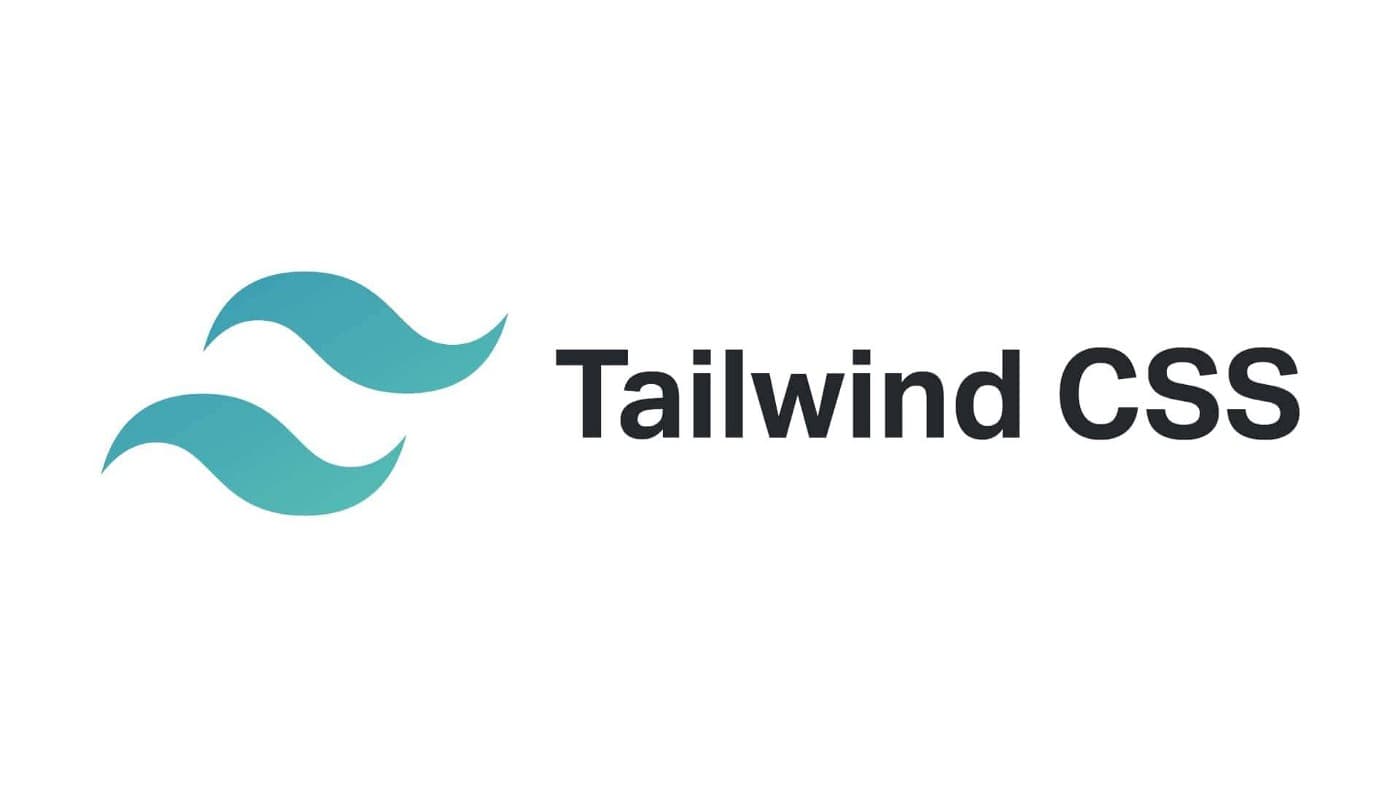khan Waseem
Fri Jan 27 2023
-4 min read
What is Tailwind CSS? Boosting Web Development Efficiency.

Tailwind CSS is a utility-first CSS framework that is gaining popularity in web development. Unlike traditional CSS frameworks like Bootstrap or Foundation, which provide pre-designed components and styles, Tailwind CSS takes a different approach. It provides a set of highly customizable utility classes that can be applied directly to HTML elements to style them. This approach allows developers to create custom designs quickly without writing much custom CSS.
Here are some key characteristics and features of Tailwind CSS:
- Utility-First: Tailwind CSS is centered around utility classes, which are short, descriptive class names that define specific CSS properties. These classes can be applied directly to HTML elements in your markup.
- Highly Customizable: Tailwind CSS is highly customizable. You can configure and extend the framework to match your project’s specific design needs. This flexibility allows for a wide range of design possibilities.
- Responsive Design: Tailwind CSS includes classes for creating responsive designs easily. You can define styles for different screen sizes using responsive modifiers, such as
sm(small screens),md(medium screens), and so on. - Community Plugins: There is an active community around Tailwind CSS that has created various plugins and extensions to enhance its functionality. These plugins can help with tasks like integrating with JavaScript frameworks or adding additional utility classes.
- PostCSS: Tailwind CSS is built on top of PostCSS, a popular tool for processing CSS. This makes it easy to integrate Tailwind CSS into your build process and combine it with other PostCSS plugins.
- No Preprocessing: Unlike some CSS frameworks that require a preprocessor like Sass or Less, Tailwind CSS can be used with regular CSS files. However, it can also be configured to work with preprocessors if desired.
Here’s a simple example of how you might use Tailwind CSS classes to style a button in HTML:
<div class="bg-white rounded-lg shadow-md p-4">
<img class="w-16 h-16 mx-auto rounded-full" src="avatar.jpg" alt="User Avatar">
<h2 class="text-xl font-semibold mt-4">John Doe</h2>
<p class="text-gray-600">Web Developer</p>
<div class="mt-4">
<a href="#" class="text-blue-500 hover:underline">View Profile</a>
</div>
</div>
Code language: HTML, XML (xml)In this example:
bg-white,rounded-lg, andshadow-mdclasses style the card’s background, border radius, and shadow.p-4adds padding to the card.w-16andh-16set the dimensions of the user avatar image.text-xlandfont-semiboldstyle the name as a large, bold text.mt-4adds margin-top to the elements.text-gray-600styles the job title text in gray.text-blue-500andhover:underlinestyle the “View Profile” link with a blue color and an underline on hover.
This approach allows you to build complex layouts and components quickly by combining utility classes directly in your HTML markup.
Tailwind CSS’s utility-first approach can be a powerful and efficient way to design and develop web interfaces, especially for projects where rapid development and customization are essential.
Tailwindcss framework support : –
Tailwind CSS is a highly versatile CSS framework that can be used with a wide range of web development frameworks and libraries. It is not tied to any specific back-end or front-end framework, making it a flexible choice for styling web applications. You can integrate Tailwind CSS with popular frameworks like:
- JavaScript Frameworks:
- React: Tailwind CSS can be easily integrated into React applications. You can use it alongside Create React App, Next.js, or other React-based frameworks.
- Vue.js: You can use Tailwind CSS with Vue.js to style Vue components and applications.
- Angular: While Angular has its own styling system, you can still use Tailwind CSS with Angular projects by adding the appropriate classes to your HTML templates.
- Front-End Libraries:
- Alpine.js: Alpine.js is often used in combination with Tailwind CSS for building interactive web applications.
- Svelte: You can use Tailwind CSS with Svelte applications by applying the utility classes to your Svelte components.
- Static Site Generators:
- Gatsby: Tailwind CSS can be integrated into Gatsby projects for creating fast and optimized static websites.
- Hugo: If you’re using Hugo as your static site generator, you can apply Tailwind CSS classes to your templates.
- Server-Side Rendering (SSR) Frameworks:
- Next.js: Next.js is a popular SSR framework for React, and it works well with Tailwind CSS. You can configure it to use Tailwind CSS out of the box.
- Back-End Frameworks:
- Ruby on Rails: You can use Tailwind CSS in Ruby on Rails applications by including it in your asset pipeline.
- Django: Tailwind CSS can be integrated into Django projects to style your web applications.
- Content Management Systems (CMS):
- WordPress: Tailwind CSS can be used to style WordPress themes by adding the necessary classes to your theme templates.
- Static Website Builders:
- Jekyll: You can integrate Tailwind CSS with Jekyll to style your static websites.
- Hybrid and Mobile App Frameworks:
- React Native: Although Tailwind CSS is primarily for web development, some libraries and tools have been developed to bring similar utility-first styling approaches to React Native.
These are just a few examples of the frameworks and libraries that work well with Tailwind CSS. In general, you can use Tailwind CSS in any web development project that involves HTML, CSS, and JavaScript, regardless of the specific framework or technology stack you are using.